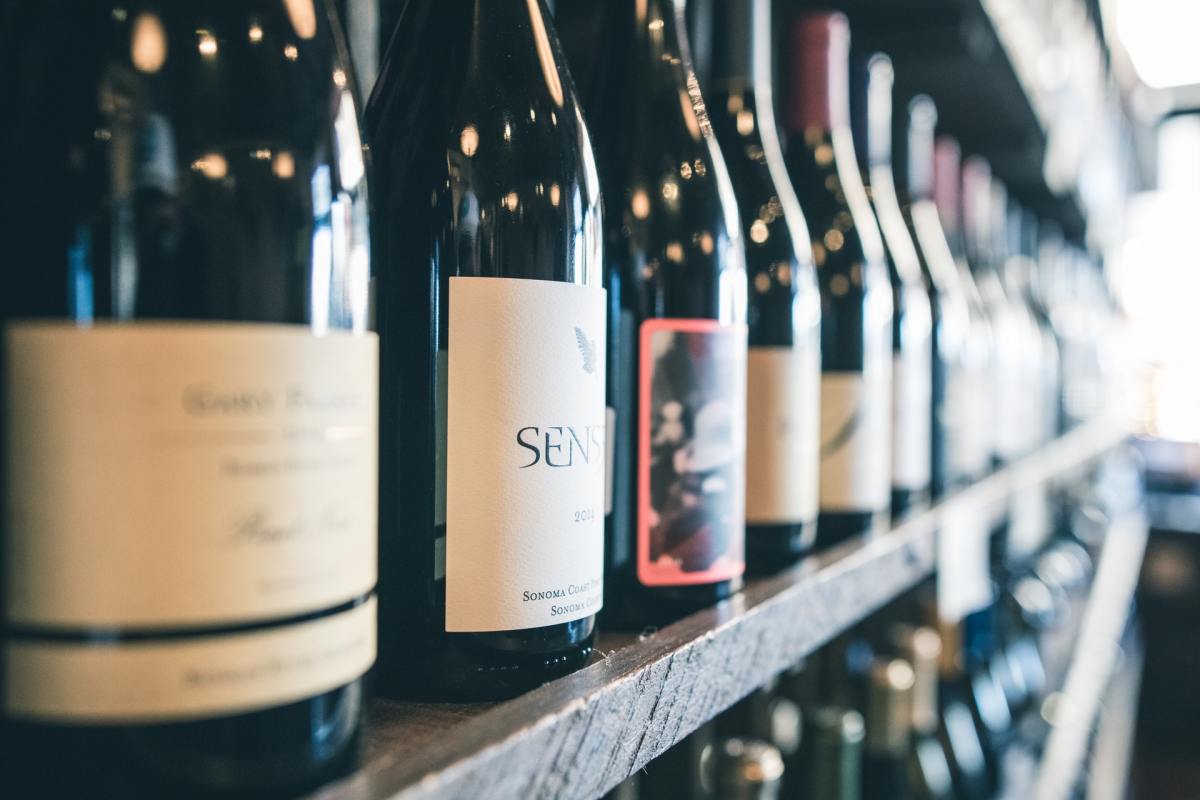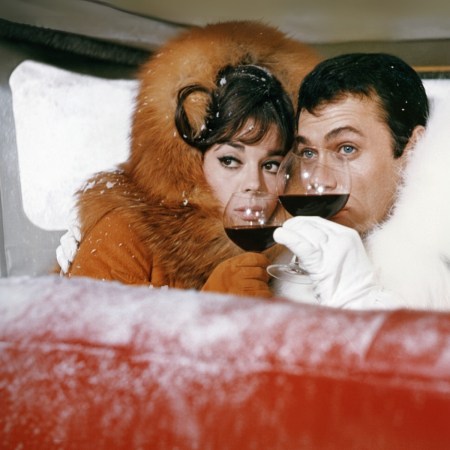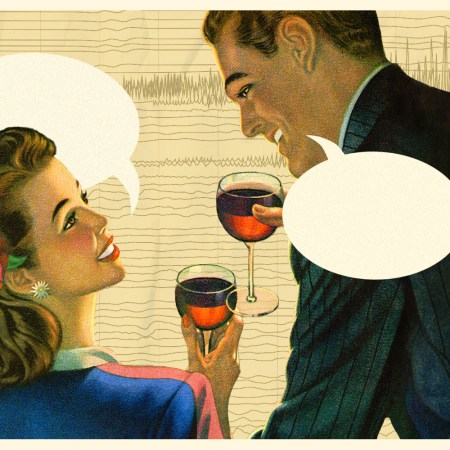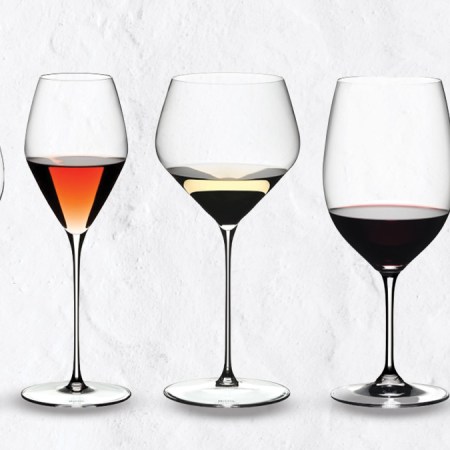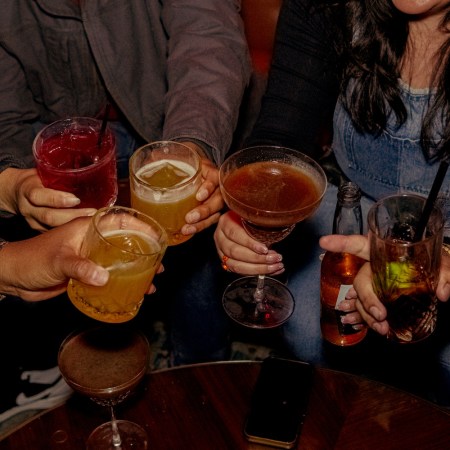There’s an old adage that, when dining out, you should avoid the second cheapest bottle of wine available at your chosen restaurant. There are plenty of factors in this, the thinking goes, ranging from the relative quality of the wine in question to the issue of whether placing such an order constitutes a faux pas. But it turns out that the aforementioned wine order might not be a bad idea after all. The answer, as with so many things, comes from the world of science.
What can science tell us about ordering the second-cheapest wine? A new article by Christian Smith at The Drinks Business explains. The study involved looking over the wine lists of 249 restaurants in London. What did the researchers fine? “[A]fter cross-referencing prices using Wine Searcher,” Smith writes that the researchers found “that the cheapest and most expensive bottles typically have the lowest margins.”
The study also offered a fascinating look at those restaurants’ pricing options for wine. “From the cheapest, markups gradually increase as the wines get more expensive, before peaking somewhere near the middle of the list,” Smith writes. To put it another way, the cheapest and most expensive wines on the list have the least markup; the mid-priced ones have the most.
The American Association of Wine Economists was responsible for the study, and it makes for a fascinating look at the economics of wine — and how the restaurants selling it handle pricing.
Every Thursday, our resident experts see to it that you’re up to date on the latest from the world of drinks. Trend reports, bottle reviews, cocktail recipes and more. Sign up for THE SPILL now.
